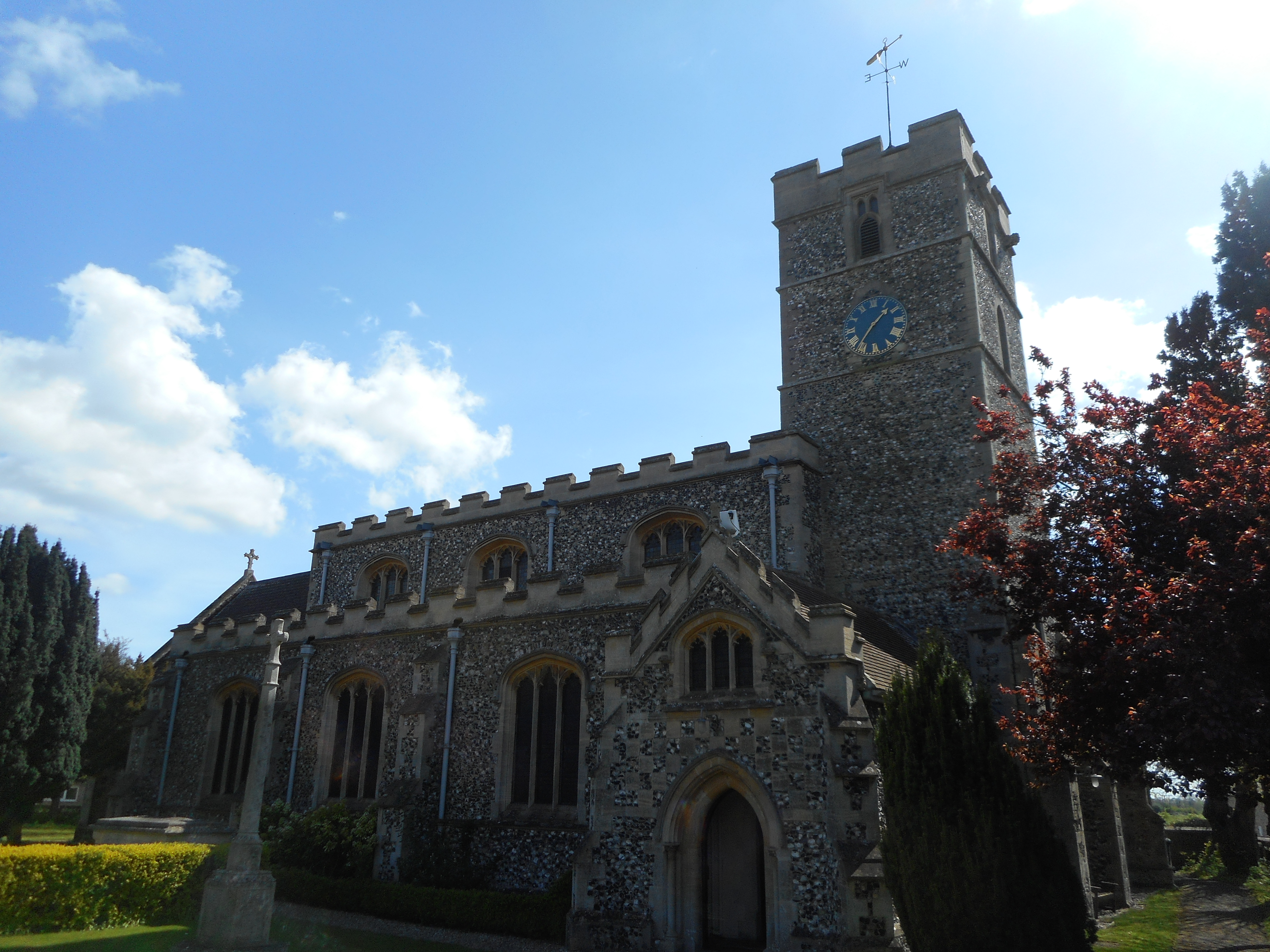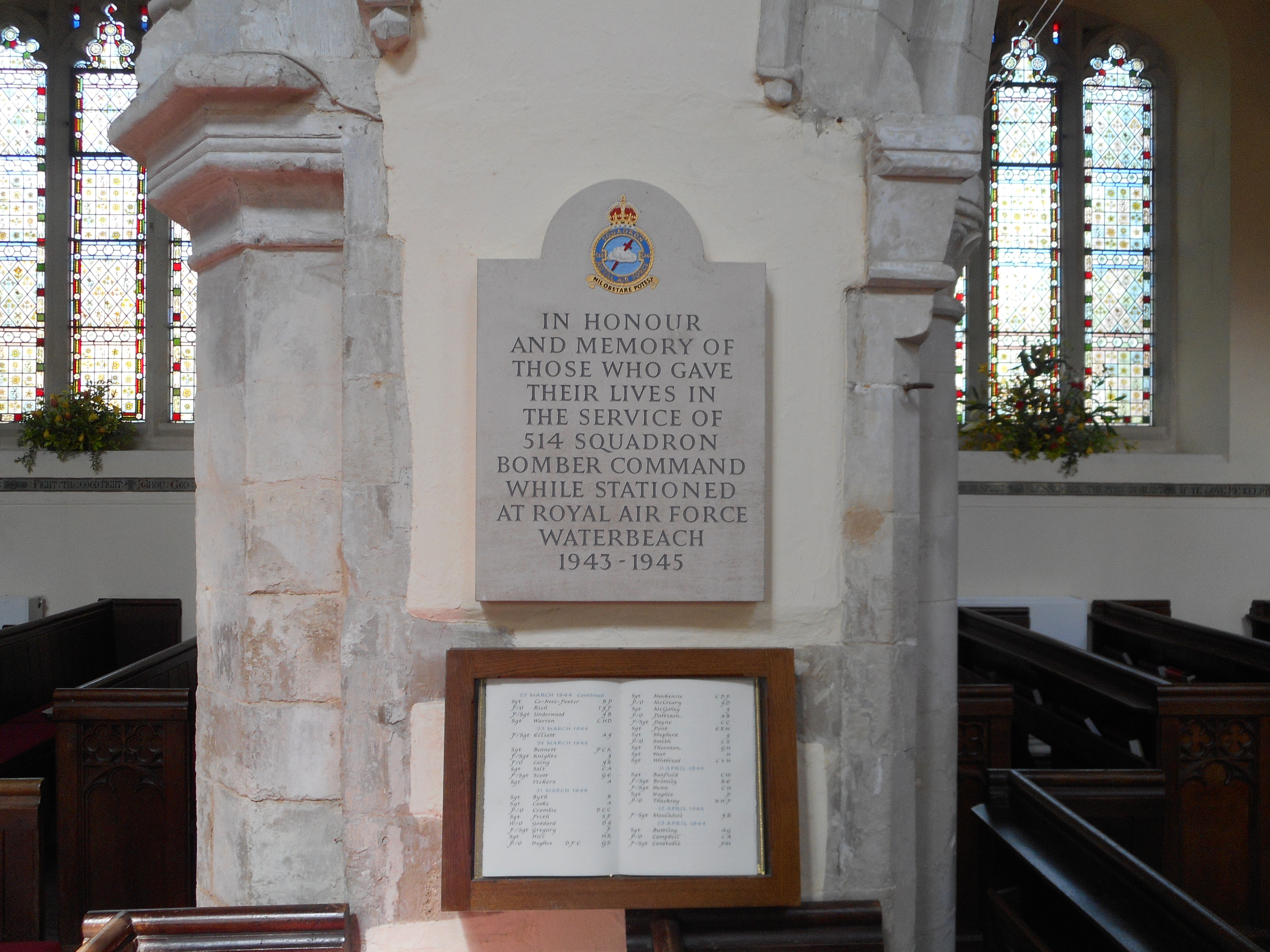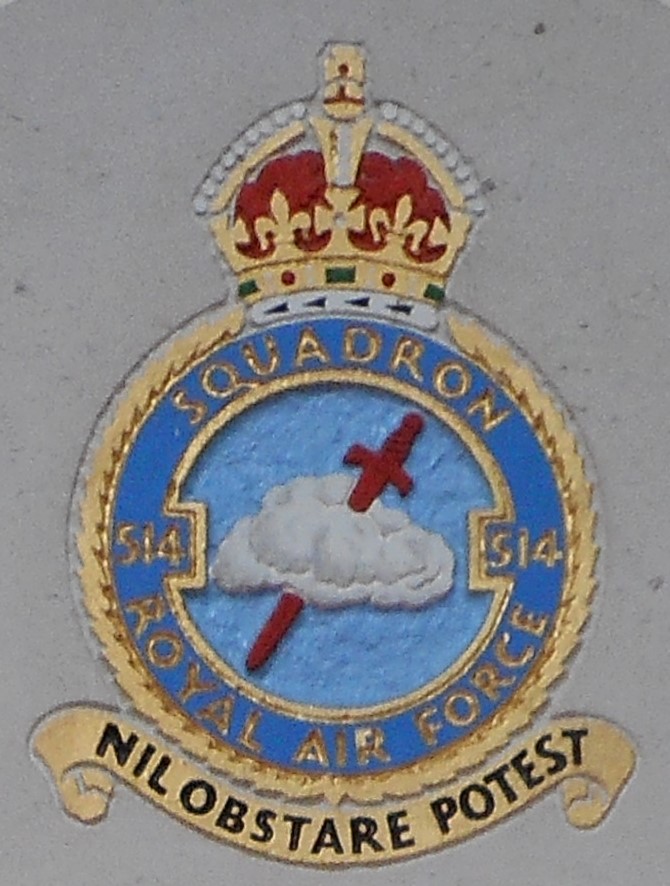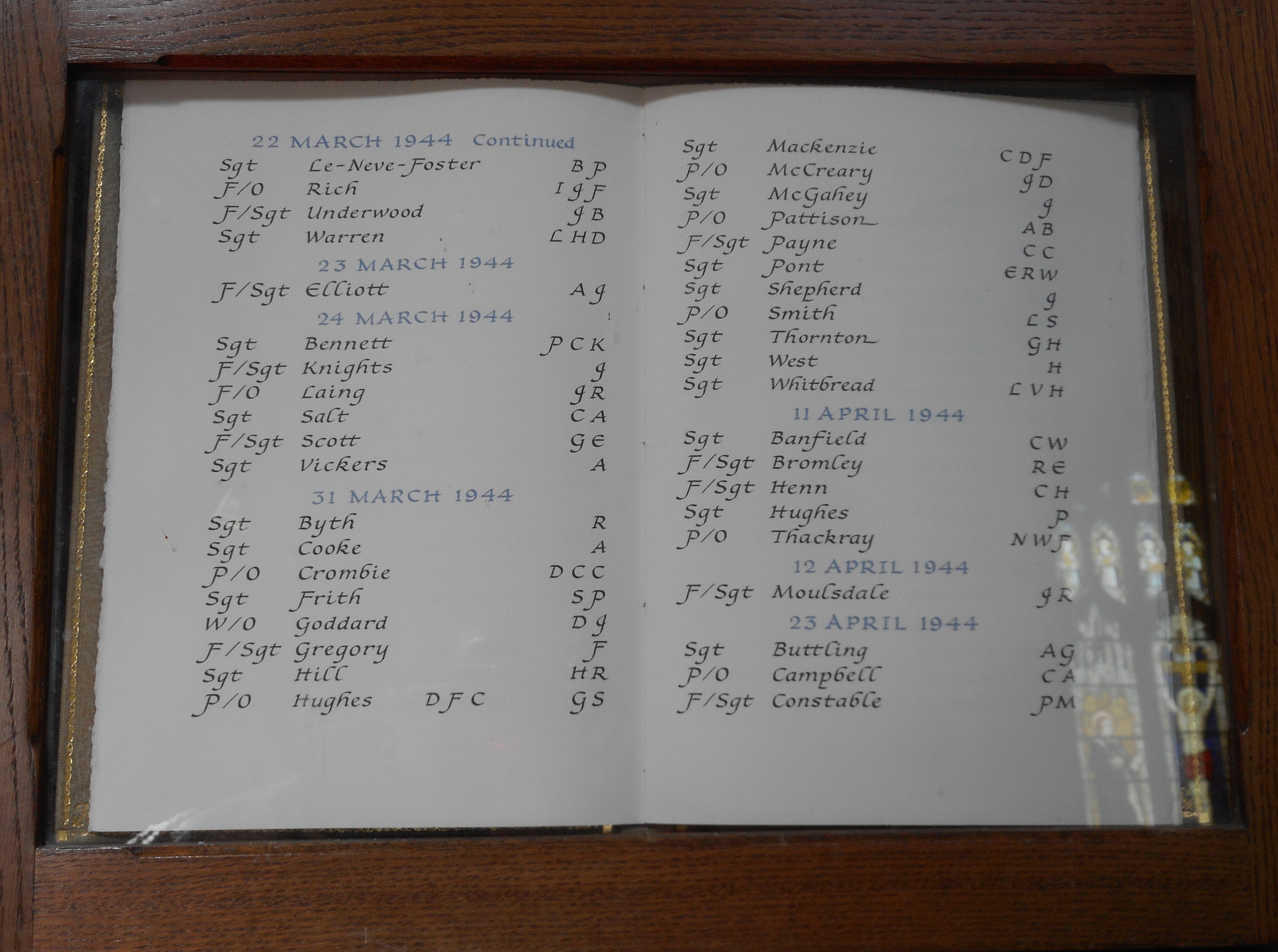Henshaw, Donald Frank
Personal Information
| Rank | F/O |
| Forename(s) | Donald Frank |
| Surname | Henshaw |
| Gender | M |
| Age | 27 |
| Date of Death | 22-01-1944 |
| Next of Kin | Son of Frank and Mabel Henshaw. Husband of Phyllis Mary Henshaw, of Munstead, Surrey. |
Aircraft Information
| Aircraft | Avro Lancaster II |
| Serial Number | DS824 |
| Markings | JI-K |
Memorial Information
| Burial/Memorial Country | United Kingdom |
| Burial/Memorial Place | Runnymede Memorial |
| Grave Reference | Panel 206. |
| Epitaph |
IBCC Memorial Information
| Phase | 2 |
| Panel Number | 180 |
Enlistment Information
| Service Number | 151014 |
| Service | Royal Air Force Volunteer Reserve |
| Group | 3 |
| Squadron | 514 |
| Trade | Air Bomber |
| Country of Origin | United Kingdom |
Other Memorials
| Location | Church of St. John the Evangelist, Waterbeach, Cambridgeshire |
| Country | United Kingdom |
| Memorial Type | Inscribed Stone Memorial and RoH |
| Memorial Text | Roll of Honour and memorial to the members of 514 Sqn who served at RAF Waterbeach 1943-1945 |
Commonwealth War Graves Commission
The National Archives
| Record of Events (Operational Record Book) AIR 27/1977/6 |
| Summary of Events (Operational Record Book) AIR 27/1977/5 |
Fellow Servicemen
Please note that this list gives all the losses aboard the quoted aircraft and occasionally these may have occurred on an earlier date when the aircraft was not itself lost. Please check the dates of death carefully.
Last Operation Information
| Start Date | 21-01-1944 |
| End Date | 22-01-1944 |
| Takeoff Station | Waterbeach |
| Day/Night Raid | Night (18% moon) |
| Operation | Magdeburg- the first major raid on this target. 648 aircraft, 57 losses (8.8%). The Halifax loss rate was especially high at 15.6%. The German controller tracked the bomber stream across the North Sea and many night-fighters were already in the stream before it reached the German coast (using the newly developed Tame Boar methodology). The controller was slow in identifying Magdeburg as the target but this was of little consequence as the fighters were able to stay in the stream for the duration of the approach. Despite the high loss rate, this was not a successful attack. Stronger tail winds than anticipated placed some of the stream over the target before Zero Hour and dropped their bomb load anyway, making the target marking much less effective. German decoy markers exacerbated the situation. No local report is available but it is thought that most of the bombs fell outside of the city. |
| Reason for Loss | Crashed into the Ijsselmer |




